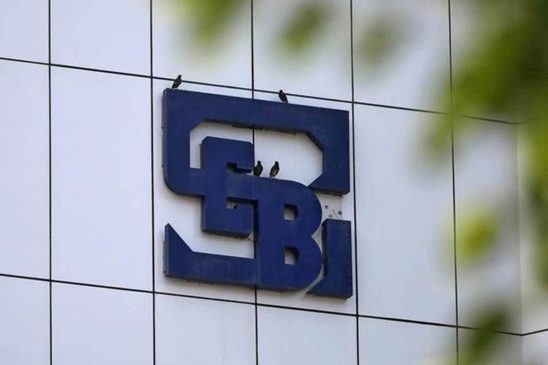The Securities and Exchange Board of India (Sebi) on Tuesday introduced credit rating-based single issuer limit for investment for most actively managed debt mutual fund schemes.
“In order to avoid inconsistency in investment by mutual funds in debt instruments of an issuer, irrespective of the scheme being actively or passively managed, it has been decided to introduce a similar credit rating-based single-issuer limit for actively managed mutual fund schemes,” Sebi said in a notification.
Read More: Zomato share price: Why is Morgan Stanley upbeat on food delivery company?
According to the Sebi, the above investment limits may be extended by up to 2 percent of the NAV of the scheme with prior approval of the Board of Trustees and Board of Directors of the asset management companies, subject to compliance with the overall 12 percent limit specified in clause 1 of Seventh Schedule of MF Regulation.
According to the rules, a mutual fund scheme shall not invest more than 10 per cent of its net asset value in debt and money market securities of companies rated ‘AAA’. For companies rated ‘AA’, the exposure cannot be larger than 8 per cent. While the limit is set at 6 per cent for ‘A’-rated companies.
The limits can be extended by another 2% with prior approval of the board of trustees and the board of directors of the asset management company, it said.
Sebi said the norms will be applicable for all new mutual fund schemes launched from Tuesday, while existing schemes will be exempt until the maturity of the underlying debt and money market securities.
While similar caps already exist for passive funds, such as exchange-traded funds, and are intended to reduce the risk from a fund’s assets concentrated in securities of a single company, the new rule rationalises rules for both active and passive funds.
Sebi said the long-term rating of issuers shall be considered for the money market instruments. However, if there is no long-term rating available for the same issuer, then based on credit rating between short term and long term ratings, the most conservative long term rating should be taken for a given short-term rating.





































